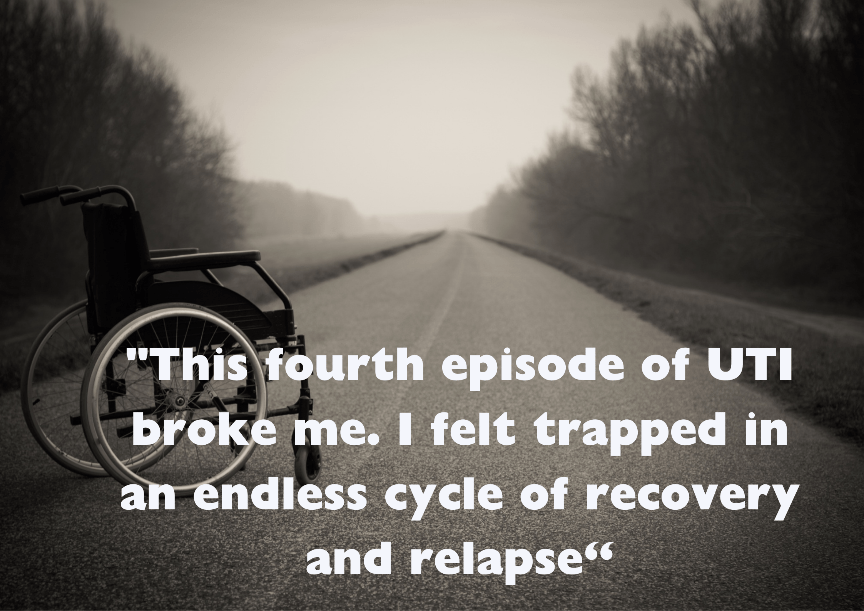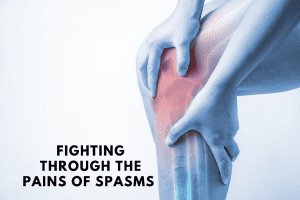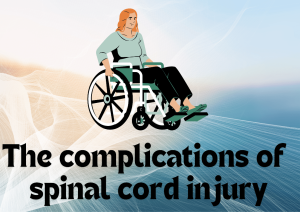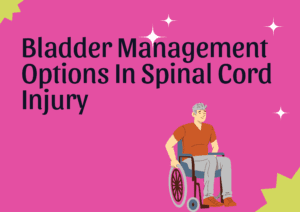
By Scihealthhub – October 11, 2024
In this post, I will share my experience of battling a relentless cycle of recurrent urinary tract infections (UTIs) and how I managed to stop it.
As someone living with a spinal cord injury, I’ve faced my share of challenges, but my most recent experience with recurrent UTIs truly tested my resilience.
It all started seven months ago, just after I recovered from an unexpected bout of chickenpox.
The chickenpox came with typical symptoms—itchy rashes, fever, and fatigue. As part of the treatment, I was prescribed antibiotics to prevent any bacterial infection. After about two weeks, the fever eased, and the rashes began to clear.
A Relentless Cycle of UTI
Just as I thought I was free of illness, a familiar wave of discomfort hit me—a high fever, body aches, and cloudy urine. I immediately suspected a UTI.
I wasted no time starting a course of antibiotics (Cefixime tablets) and sent a urine sample for culture and sensitivity tests.
Thankfully, the fever subsided, and the urine results confirmed that Cefixime was appropriate. I completed the two-week treatment and felt relieved, thinking I was back to normal. Unfortunately, that relief was short-lived.
Two weeks after finishing the antibiotics, the symptoms returned: fever, cloudy urine, and an overwhelming sense of fatigue. It was my second episode of UTI in just over a month. I started a new round of treatment, this time with gentamicin injections, guided by the results of my urine tests.
Once again, after completing the treatment, I returned to my usual routine, hoping the infection was finally behind me. But I couldn’t shake the lingering worry in the back of my mind.
Ten days later, my worst fear came true—the UTI was back, making it my third episode in less than three months. By now, it wasn’t just physically draining but emotionally exhausting.
I followed a similar treatment protocol as before, but with a new antibiotic, Levofloxacin tablets. I recovered again but began to question why this kept happening.
Two weeks later, the infection returned yet again. This fourth episode broke me. I felt trapped in an endless cycle of recovery and relapse.
I started wondering if there was something more serious going on, such as kidney stones or another underlying issue. My anxiety grew as I tried to figure out what I could do differently.
Stopping the Cycle of Recurrent UTI
At that point, I realized I needed to take a closer look at my bladder management routine. I had been managing my bladder with clean intermittent catheterization and occasionally using a condom catheter.
After some reflection, I decided to make a change. I switched to using only a condom catheter, hoping it would help break the cycle of recurrent infections.
That decision turned out to be a game-changer. It’s been three months now without any UTI recurrence, and while I know it’s still a work in progress, I’m relieved to have found a way out of that quagmire.
Looking Ahead: Balancing Short-Term Relief with Long-Term Health
While switching to a condom catheter as a method of bladder management has provided relief from recurrent UTIs, I’m aware that it’s not without drawbacks.
Research shows that clean intermittent catheterization is the most ideal bladder management method for individuals living with spinal cord injuries because it allows for more complete bladder emptying, reducing the risk of long-term kidney damage.
However, given my recent struggles, the condom catheter has provided much-needed respite.
My hope is that after 4-6 months of using this method, I will be able to safely revert back to clean intermittent catheterization.
I’m taking things one step at a time, monitoring my progress closely, and working with my healthcare providers to ensure that I make the best long-term decision for my health.
In conclusion, managing UTIs in spinal cord injury can be incredibly frustrating and difficult. But through this experience, I’ve learned that small adjustments can make a big difference.






